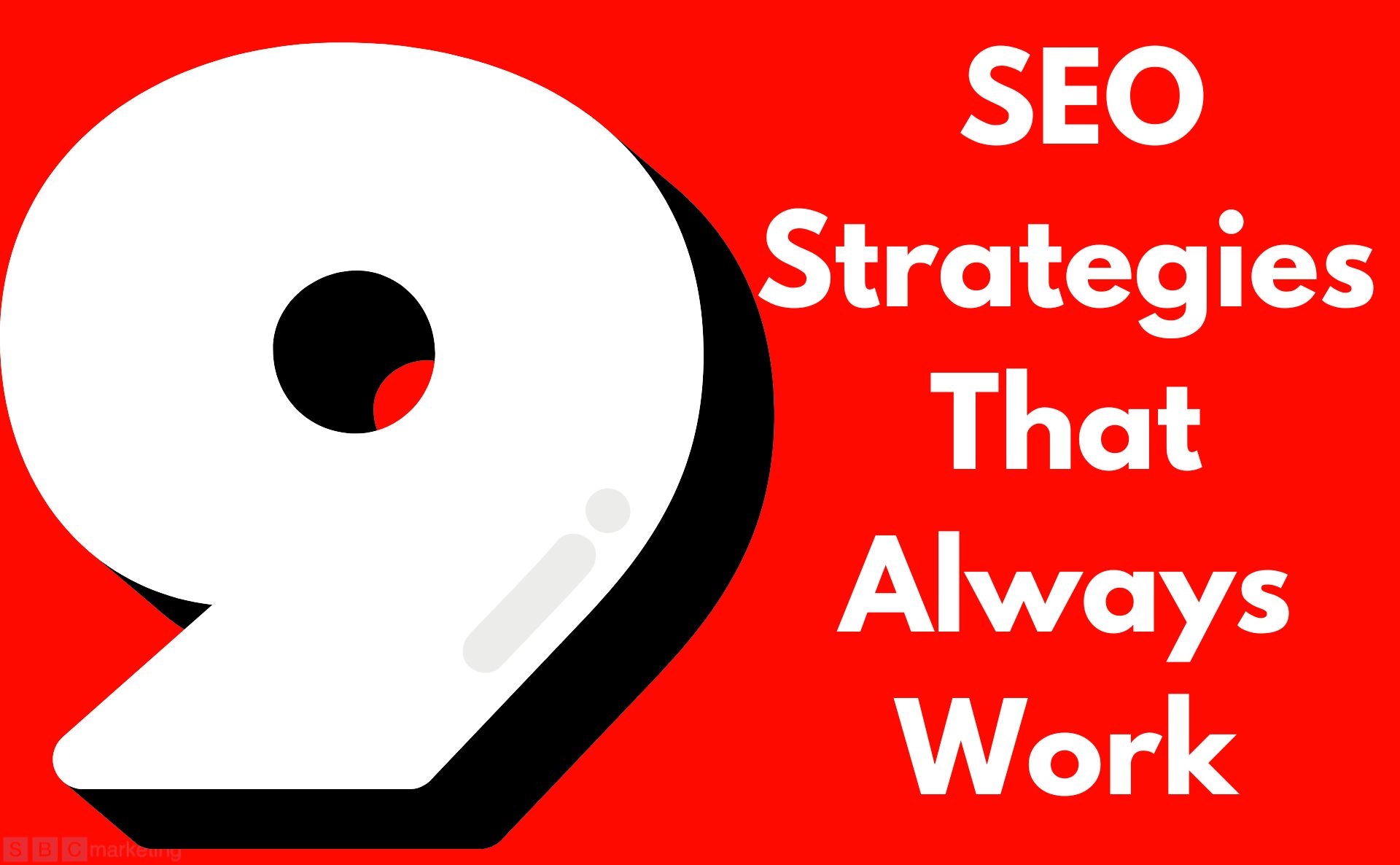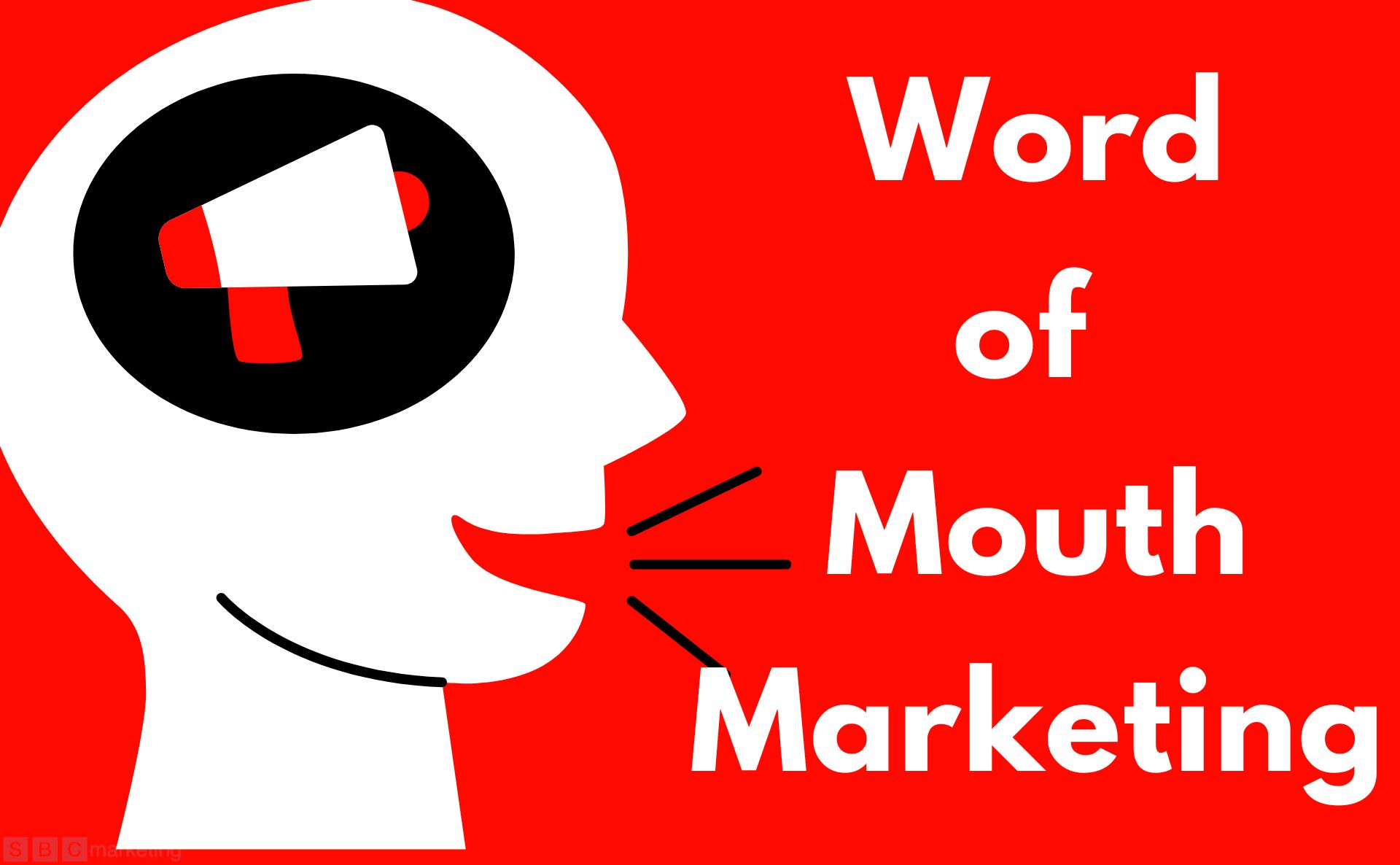Introduction
In the world of sales and marketing, the ability to captivate your audience is paramount. Storytelling has emerged as a powerful tool to achieve just that. It’s not just about narrating tales but crafting compelling narratives that resonate with your target audience. In this guide, we’ll explore 7 ways to use storytelling as a sales and marketing tool effectively, unlocking the potential to connect, engage, and persuade.
The Art of Storytelling
Storytelling is an art, and it’s crucial to understand the foundational elements before delving into its applications.
The Power of a Compelling Narrative
A captivating story can create a strong emotional connection with your audience. It’s not just about facts and figures; it’s about evoking feelings, building trust, and sparking action.
Understanding Your Audience
To craft a story that resonates, you must know your audience intimately. Tailor your narrative to their interests, problems, and aspirations.
The Role of Authenticity
Authenticity is key. People connect with real stories, so be genuine in your storytelling. Share real experiences and challenges.
7 Ways to Use Storytelling as a Sales and Marketing Tool
Now, let’s explore the 7 powerful ways to incorporate storytelling into your sales and marketing strategies.
1. Building Trust through Origin Stories
Share your company’s origin story. This narrative can humanize your brand, showcasing the journey, struggles, and passion behind your products or services. When customers can relate to your story, trust is built, and loyalty follows.
2. Creating Emotional Connections with Customer Stories
Highlight the experiences of satisfied customers through case studies and testimonials. By sharing real success stories, you tap into the emotional aspect of decision-making, making your offerings more appealing.
3. Educate and Entertain with How-To Stories
Offer value by creating how-to stories that educate your audience on using your products or services. Use storytelling to make the learning process enjoyable and memorable.
4. Overcoming Challenges with Success Stories
Demonstrate your expertise by sharing stories of challenges you’ve faced and conquered. These stories exhibit your problem-solving skills and establish your authority in your field.
5. Showcasing Innovation with Product Development Stories
Unveil your product’s journey from concept to creation. People love to see innovation in action. Highlight the improvements, struggles, and dedication behind your offerings.
6. Engaging through Interactive Content Stories
Incorporate interactive content such as polls, quizzes, or contests into your storytelling. Engaging your audience in an active way can boost their connection with your brand.
7. The Visionary Story – Where Are We Going?
Paint a vision of the future. Use storytelling to communicate your company’s goals and aspirations. This helps customers feel like part of a larger narrative, creating loyalty and excitement for what’s to come.

storytelling
FAQs
Q: How can I find the right stories for my business?
A: Start by understanding your brand’s values and your audience’s interests. Look for stories within your company that align with these.
Q: What’s the ideal length for a storytelling piece?
A: The length of your story depends on the platform and context. It could be a short social media post or a lengthy blog – adapt to the medium.
Q: Can storytelling work for B2B marketing?
A: Absolutely. B2B audiences appreciate engaging narratives as much as consumers. Just tailor your stories to their needs and challenges.
Q: Is it necessary to use professional writers for storytelling?
A: While professionals can be helpful, authentic stories can come from anyone within your organisation. Sometimes, a genuine voice is more impactful.
Q: How often should I share new stories?
A: Consistency is key. Regularly sharing stories keeps your audience engaged and looking forward to what’s next.
Q: Can storytelling be used for product launches?
A: Yes, it’s a fantastic strategy. Crafting a narrative around your product’s journey and benefits can generate buzz and anticipation.
Conclusion
Storytelling is an invaluable tool in the world of sales and marketing. When used effectively, it can captivate your audience, build trust, and ultimately lead to more sales. By incorporating the 7 ways we’ve discussed, you can harness the power of storytelling to create a lasting impact on your customers.
Ready to elevate your marketing game? Contact SBC Marketing London today for expert marketing solutions that drive results. Visit our website at SBCMarketingLondon to learn more!










